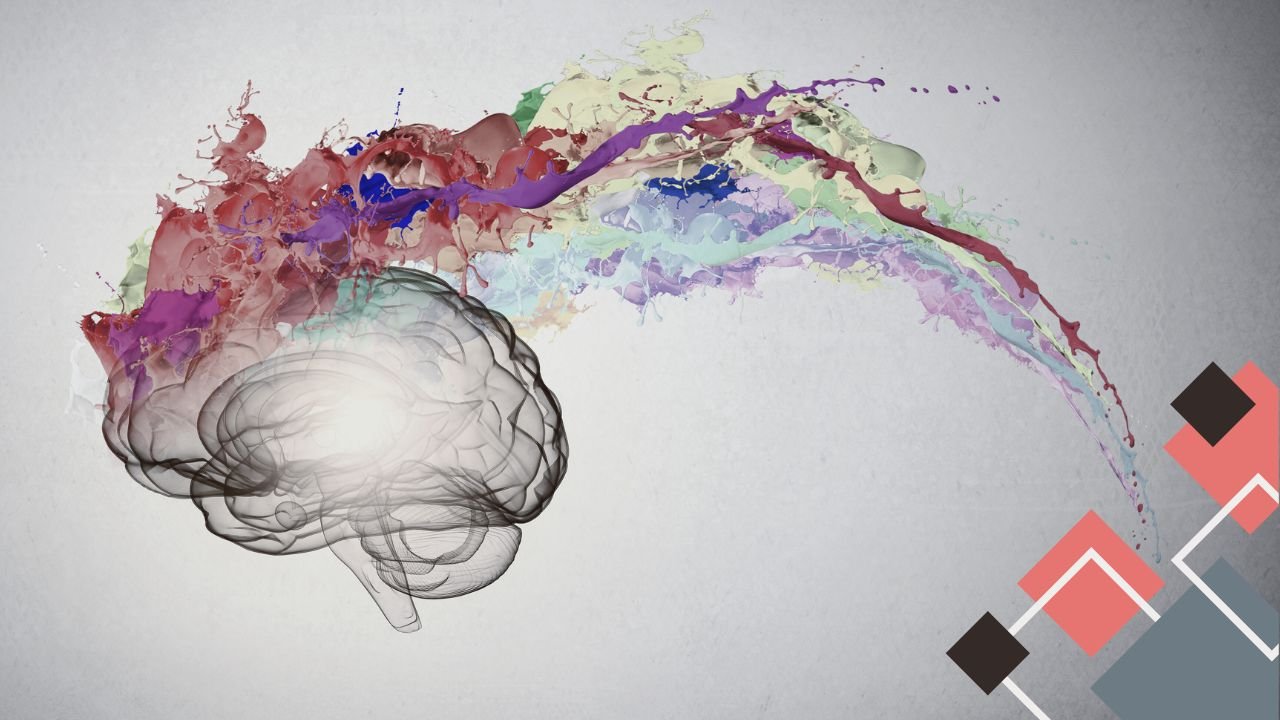How creative expression improves your mental health
And why it’s worth making space for, even if you’re busy, rusty, or unsure where to start.
A ghost brain? Neat.
You don’t need to become an artist to feel the mental health benefits of creativity.
You just need to give yourself permission to express something that doesn’t have to be useful, productive, or impressive.
Because while creative expression might seem optional, it’s actually one of the most accessible ways to care for your emotional well-being, and many of us don’t even realize how much we need it until it’s missing.
The creative things you used to do? They served a purpose.
Think back to what you did when you were younger. You know, before work, bills, and life got full.
Doodling in notebooks. Making up dance routines. Writing angsty poems. Building things out of cardboard.
That wasn’t just play. That was processing.
You were working things out in your own way.
You were expressing, not bottling.
You were creating, not coping.
But somewhere along the way, creativity got replaced with responsibility. And emotional release turned into emotional storage.
Creativity gives your nervous system a place to land.
When you’re creating, your body shifts.
Breathing slows. Focus sharpens. Time changes shape.
There’s a reason art therapy, journaling, music, and even adult coloring books are used in mental health treatment. They give your brain a break from overthinking and your body a break from holding tension.
I think the bubbles add something to the cups. It really ups the “hand-crafted” feel.
Years ago, my husband was hospitalized for severe depression. While he was there, they had him doing simple creative activities—working with clay, painting tiny wooden figures, things like that. At the time, it felt strange to be doing crafts in the middle of something so heavy. But you know what? He kept a few of those pieces. They're still on a shelf in his studio. Not because they’re beautiful, but because they meant something.
They reminded him of a quiet place inside all the noise. A moment when his hands were busy and his mind got a little space to breathe.
Even outside of therapy settings, regular creative expression can help with:
Reducing anxiety and overwhelm
Processing emotions that feel too big or too vague to name
Breaking stress loops and rumination cycles
Improving focus, energy, and self-trust
Creating a sense of identity and control, especially when life feels chaotic
You don’t need a diagnosis to benefit. You just need to start making something again.
Your creativity doesn’t have to be polished to be powerful.
This is important: You do not need to be good at it for it to help.
This isn’t about perfect brush strokes or writing something worth publishing. It’s about getting something out of your head and into the world, where it can move.
That might mean:
Freewriting until your brain slows down
Drawing messy shapes while music plays
Singing in the car on purpose
Rearranging a room until it finally feels like it matches your energy again
This is how creativity becomes a tool, not a performance.
You don’t need hours. You just need a moment.
One of the biggest myths is that creativity requires time, space, and supplies. And sure, sometimes it does. But not always.
A five-minute doodle. A sticky note poem. A voice memo where you talk out an idea. A collage made from junk mail. These count.
The benefit isn’t in the output. It’s in the act of expressing.
Want more support in this area?
Explore our Creativity HUB to reflect, take action, and grab tools designed to help you develop your creative self and feed your soul.
How have you unknowingly been improving your mental health? Drop it in the comments.


